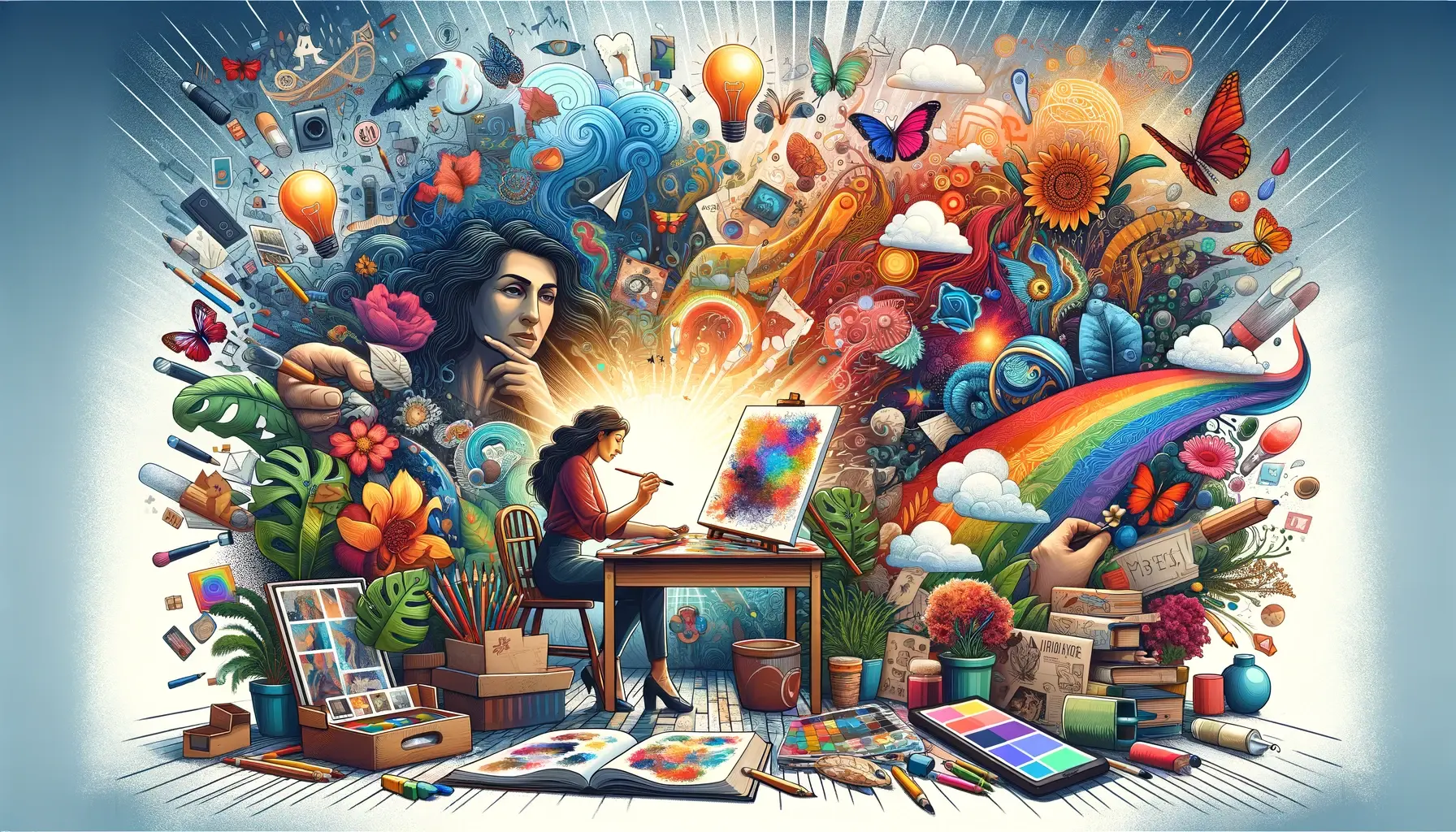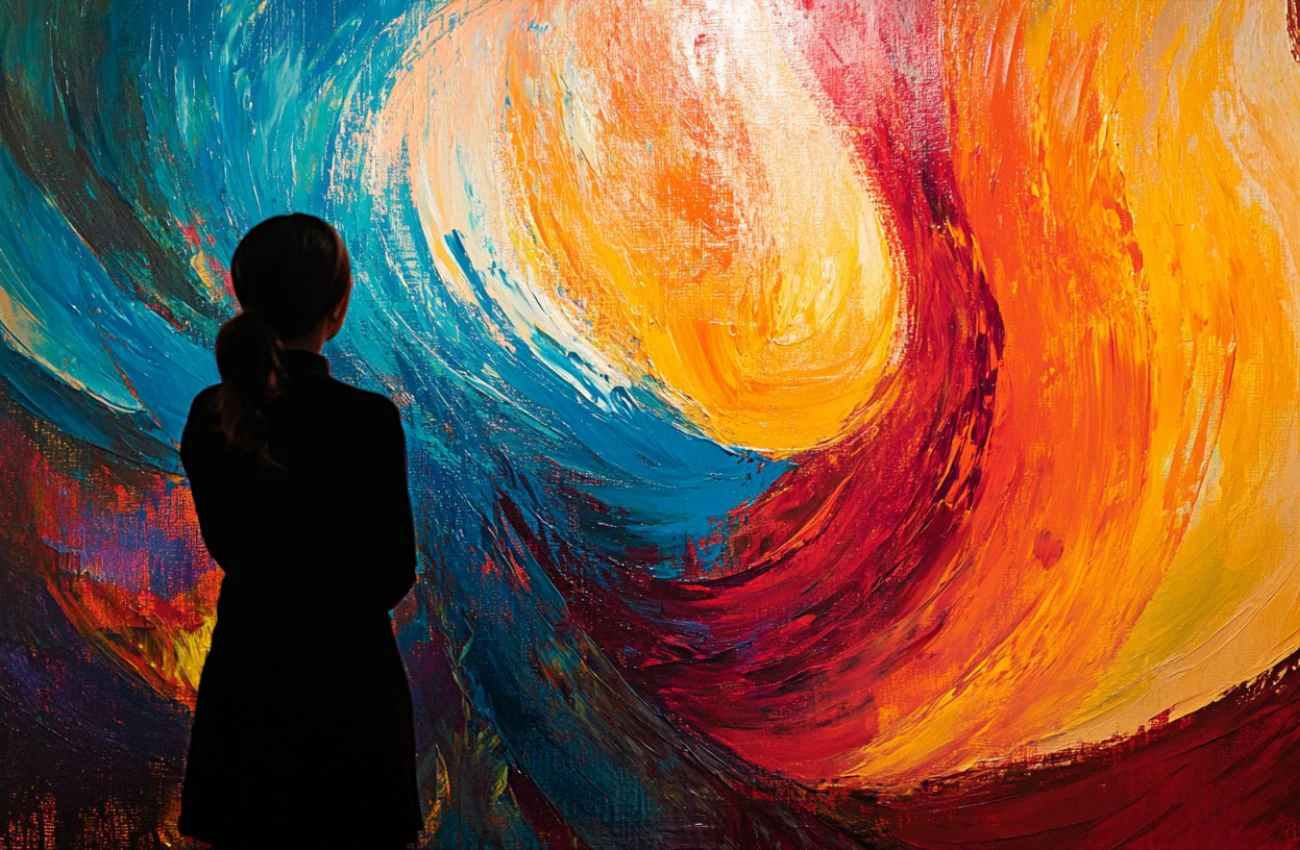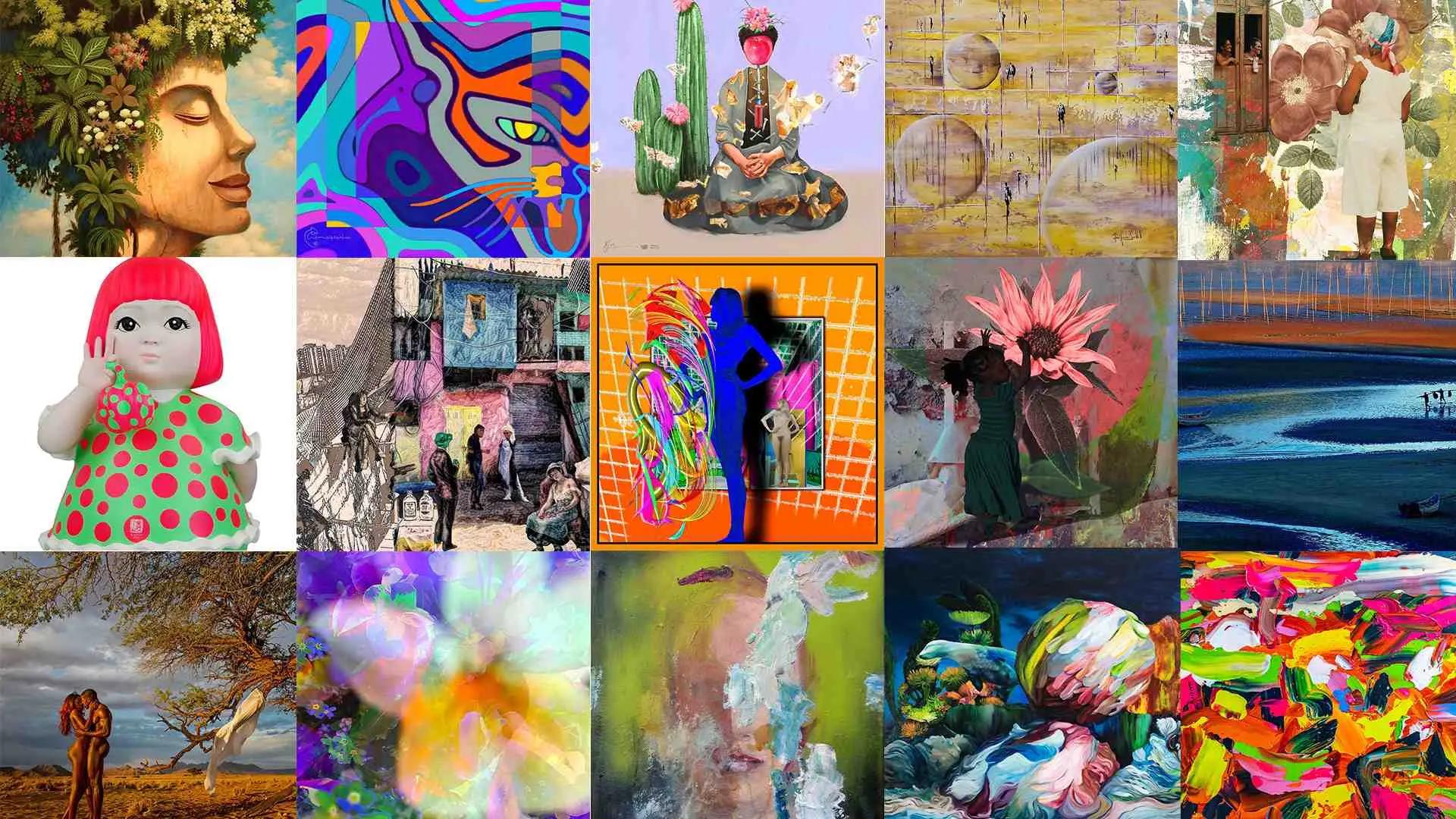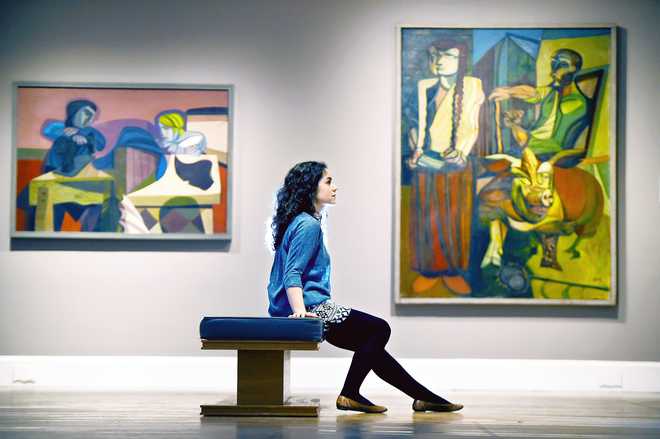Artificial Intelligence (AI) has become one of the most influential technologies of our time, revolutionizing a wide range of industries. In the art world, AI has begun to play a transformative role in how art is created, viewed, and interpreted. From AI-generated artwork to predictive analysis of art trends, the intersection of AI and art is reshaping the creative landscape. This article will explore how AI is changing the way art is made and experienced and discuss its future implications for the art world.
AI and the Creation of Art
AI’s ability to generate art is one of the most exciting developments in the art world. Machine learning algorithms, particularly Generative Adversarial Networks (GANs), have enabled machines to create original pieces of artwork by analyzing vast datasets of existing art. These AI models learn patterns, colors, and structures from famous artworks and generate new pieces, often resulting in art that challenges traditional definitions of creativity.
Example: The painting “Edmond de Belamy” by the art collective Obvious was generated using AI and sold at auction for over $432,000. This event raised questions about whether AI-generated art can hold the same artistic value as human-created pieces.
AI and the Experience of Art
AI is also enhancing how we experience art. Through tools like image recognition and machine learning, AI can analyze and interpret art in ways that are not possible for the human eye alone. For example, AI can analyze an artwork’s color palette and suggest similar works of art, or it can track how an artwork is perceived by different demographics. AI-powered art installations allow for interactive experiences, where viewers can engage with art in a personalized manner, further enhancing their understanding and emotional connection to the piece.
Example: The “Art Recognition” feature in some museum apps uses AI to help visitors learn about the artworks they’re viewing in real-time, providing historical context, artist information, and deeper insights into the art.
AI and the Art Market
AI is also influencing the art market by providing insights into consumer behavior and predicting art trends. Collectors, auction houses, and galleries are using AI-powered tools to analyze data and make informed decisions about buying and selling art. AI can predict which artists or pieces of art are likely to gain value over time, providing valuable insights to both artists and investors.
Example: Platforms like Artory use blockchain and AI to create an immutable record of artwork provenance and predict future art valuations, helping collectors make more informed investment decisions.
Conclusion
AI is reshaping the art world by altering how art is created, experienced, and traded. While there are concerns about AI replacing human artists or diluting the authenticity of art, AI has opened new doors for creativity and innovation. As AI continues to evolve, it will undoubtedly become an integral part of the art world, expanding the possibilities of what art can be and how it can be appreciated.




